Tom, when I said thick plate glass, it might confused you.
You are using the example (as below) of the bear behind a tick plate glass filled with water, and the bear is inside this medium.
This is a perfect example of "shape", like a lens.
Any angular difference from 90° from the lens of the camera, the plate glass and the position of the bear inside the pool (image incident rays of light), will change the flat shape of the object.
That is how a glass prism works, it needs the rays of light to be out of 90° angle in order for the high frequency wavelengths to bend sharper than the long wavelengths. If all the photons hit the difference density medium without any angle, no bending will happens.
On the image below, see how the violet light (higher frequency wavelength) bends more pronounced. Higher density promotes higher refractive index.
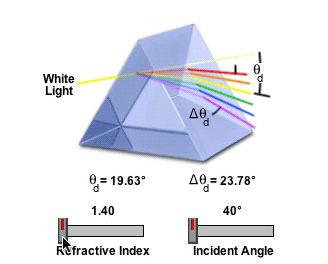
Lens magnification works the same, different angle of incidence in a different medium density, cause rays of light to bend to different directions, it can produce magnification, reduction, color separation, etc. Again, it is not density that change apparent size of an object, it is the angle.
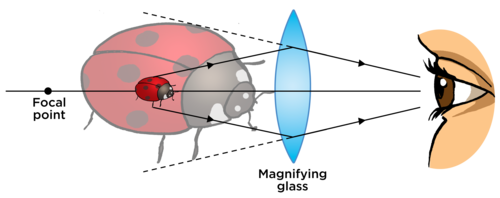
A flashlight face on (90°) to the window glass will not have its light rays bent in anyway, it will enter and exit the glass (denser medium) without any refraction, the only thing that will happen is a little delay (in time) for the photons to get out of the glass.
If you bend the flashlight in certain angle to go across the window, then a certain light rays bending will happen, since the rays of light are hitting the different density medium in an angle.
Let me explain why this happen:
When face on (90°) all the wave oscillations hit the glass at the same time, even with different phases of the different wavelength. All the waves have a propagation time delayed, light speed still the same, but it has more difficult to propagate in a straight line, so photons start to colide inside the denser medium and change path, like zig-zagging in wavelength distances. The photons momentum and the alignment of the waves when hitting the medium does not allow them to change direction in a large scale, so they bounce and take a longer path to do the same straight path they had outside the glass before entering it. This longer path, same speed, means longer time to exit the medium. But as they entered the glass perpendicular, they will exit perpendicular in the same angle, no refraction happens.
When entering the glass in an angle, lets imagine 45° for easy understanding, the shorter path of the light wave will hit the glass first. That side of the photons will break travel speed by starting to bounce inside the denser medium before the other side of the wave that still outside the glass by the angle of penetration. The pronunciation of this "speed brake of photons travel time" depends on two variables, a) the frequency (and energy) of the penetrating photons, and b) the density difference (delta) between both mediums the photons is crossing from and to. If going from air to glass in an angle, all the photons will bend direction towards the side that hit the glass first. If going from glass to air, the bending is exactly the opposite, photons speed up travel time at the side of the wave that hits air first. High frequency waves, meaning green to blue and violet will bend more pronounced than orange to red.
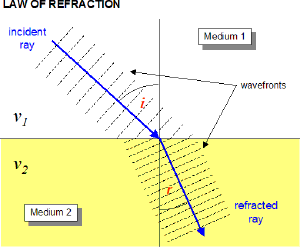

This is exactly what happens with any glass lens, the form and shape of how the light enter and exit can produce all kinds of refraction. Knowing this, we produce lenses for our specific needs.
On the below pictures, if the observer and his camera moves right straight to 90° angle from the plate glass AND the bear, no light bending would happen, the bear will be visible as natural, no changes in image, size or position.
See, when I say "shape" it means mostly angles. Density is just the raw material, the instrument is the angle in how it is used.
On the picture below, by the position (refraction) of the bear image, I can say the observer and his camera was to the right of the 90° alignment to the glass, as if its right eye was closer to the glass. The photons of the bear image that hit the camera, came through water and glass, when they change medium, glass --> air, the right side of the waves (in the picture) exit first, they accelerate the photons travel speed and bend dramatically to their left (right of the picture), hitting the camera. As the image is composed by the width of the bear, the left side photons from the bear (in the picture) would change medium with a less pronounced angle, they are around 80cm or more to the left in the glass, so the angle they move into the air is different from the ones at the right. The angle of acceleration will be depending on such angle of medium crossing, it will be less pronounced. It works exactly as a magnifying glass, the bear may appears out of position and magnified. Here, the shape of the angles between observer, glass and bear, produces this effect.
Saying that a denser medium will magnify an object is wrong, if depends basically on the shape and angles.
By last... if you are inside that water you see no changes in the image at all, since your eyes (or camera) will make part of that medium. We, inside the bottom part of the Earth's atmosphere are deeply immersed into the denser air medium. The only effect we can see from the Sun when closer to horizon, is the reducing of the colors of faster wavelength, blues and violets (are bent first and disappear from us), this is why we see it more redish. But no change in size at all. The same "color refracting effect" can be observed on the bear below, note the more refracted image is more blueish,
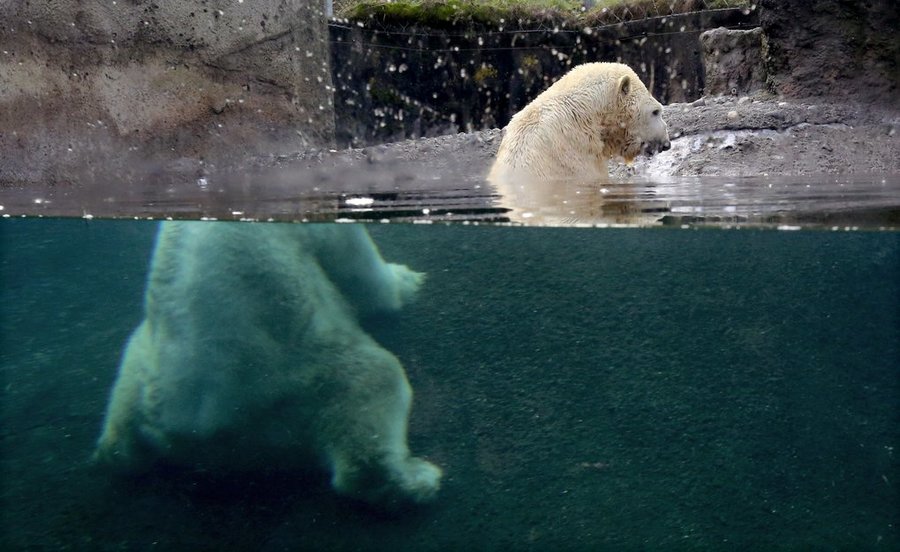
Observe the second image, the left side of the bear (tail) produces more refraction on the glass-->air than its head, this is based on the pronounced angle from the camera to the glass, than head. Note that there is a refraction magnification that increases linearly to his tail, what proves my text above. It is not only the density, it is the angle of incidence. The bear's head, glass and camera have a better alignment to 90° than its tail.
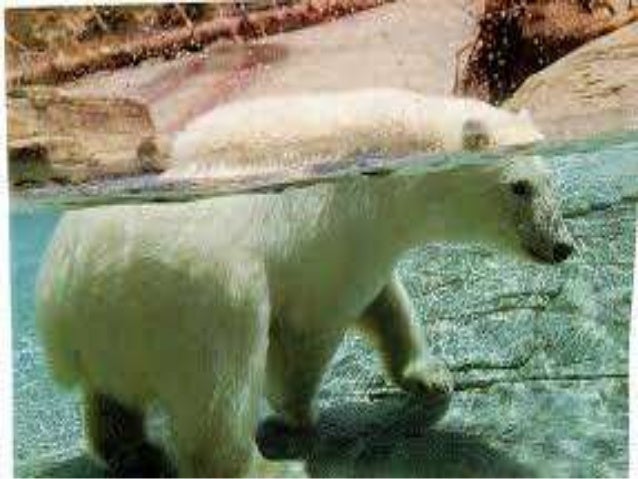
On this image below, because the half bottom part of the glass is not round, but faceted acting like a convex lens, you can even see the straw thinner, all due angles of crossing different mediums.
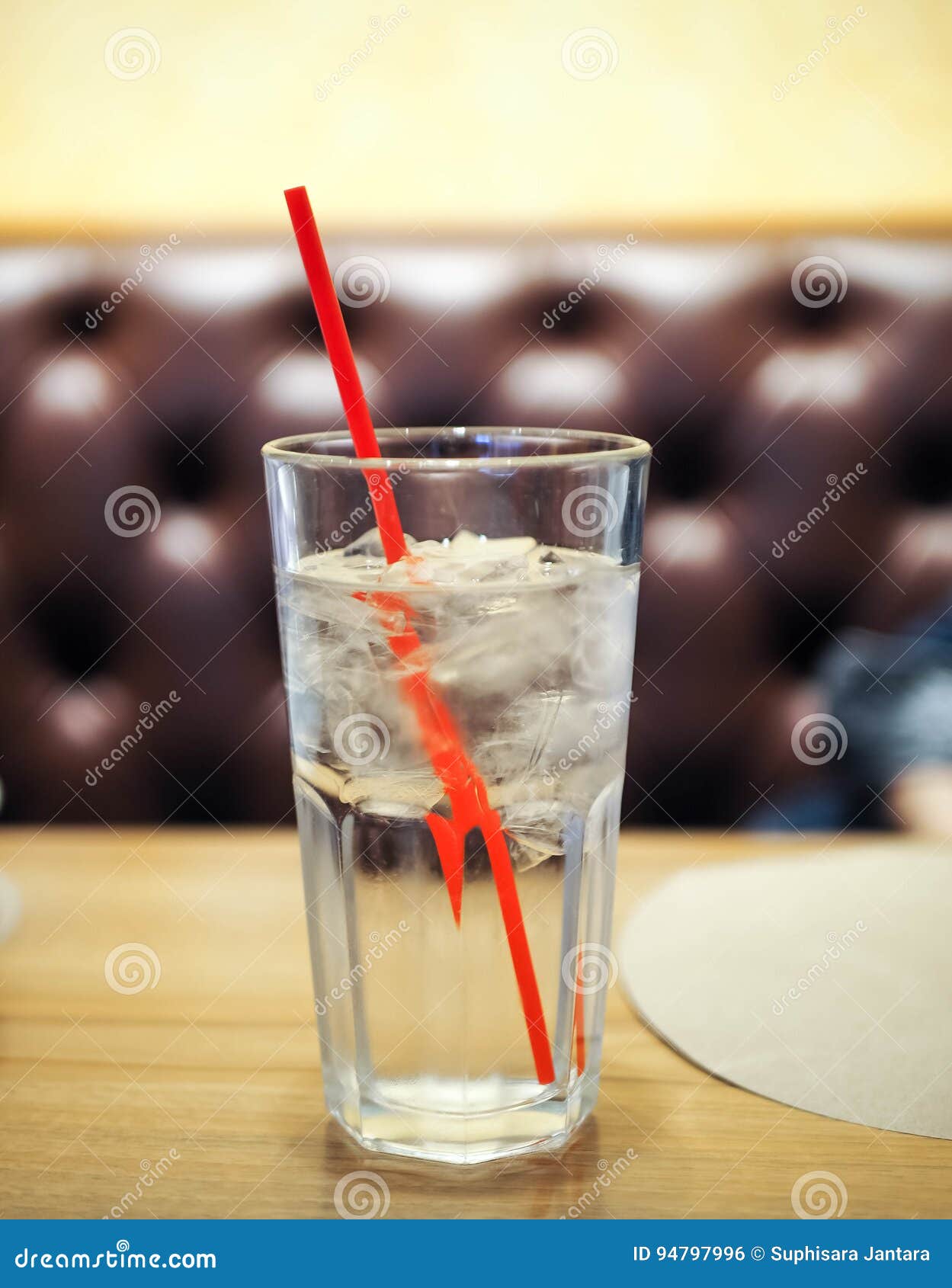
Optical refraction is a vast and very interesting area of study, since you can in fact test, exercise and see results on a simple kitchen table or better prepared laboratory. It is a rewarding study, the beauty of light rays and its physical properties fascinates all students. Low cost tools can teach you wonders. In all the school laboratory exercises, optics is the one that more attract students. In fact, it is a great area of work in the industry, great compensation for good professionals.
A low cost portable instrument known as "refractometer" measures the concentration (%) of solids in liquids, just using the ambient light refracted in the crystals, for example used to measure the percentage of sugar in soft drinks and other lab analysis. Just put few drops of the liquid under the plastic lid and see two different colors bands on the viewer, showing the percentage of solids.
